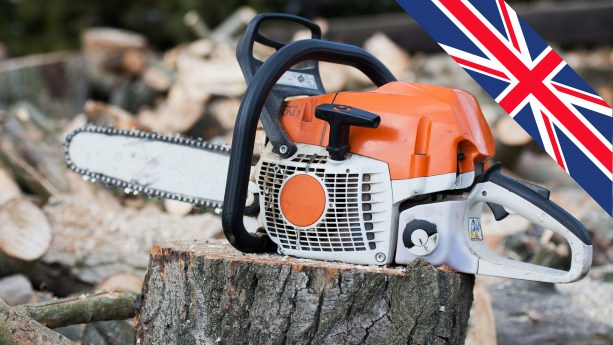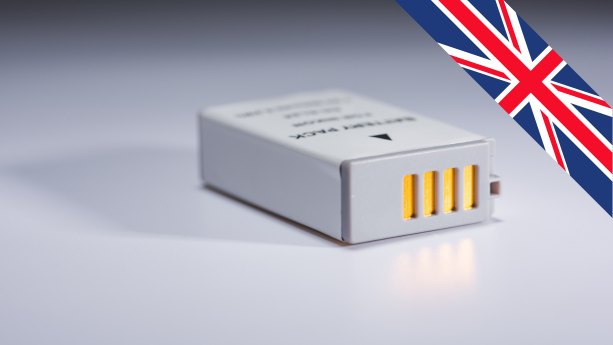Toys imported or manufactured for sale in the UK must comply with the Toys (Safety) Regulations 2011. Doing so requires that the toy product complies with safety standards covering physical properties, flammability, substance restrictions, and more. Further, the Toys (Safety) Regulations 2011 also set requirements concerning documentation, UKCA marking, CE marking, traceability labelling, and testing.
Note: This article does not cover requirements for Northern Ireland, which is generally aligned with EU product safety requirements.
Continue reading The Toys (Safety) Regulations 2011: An Overview
































